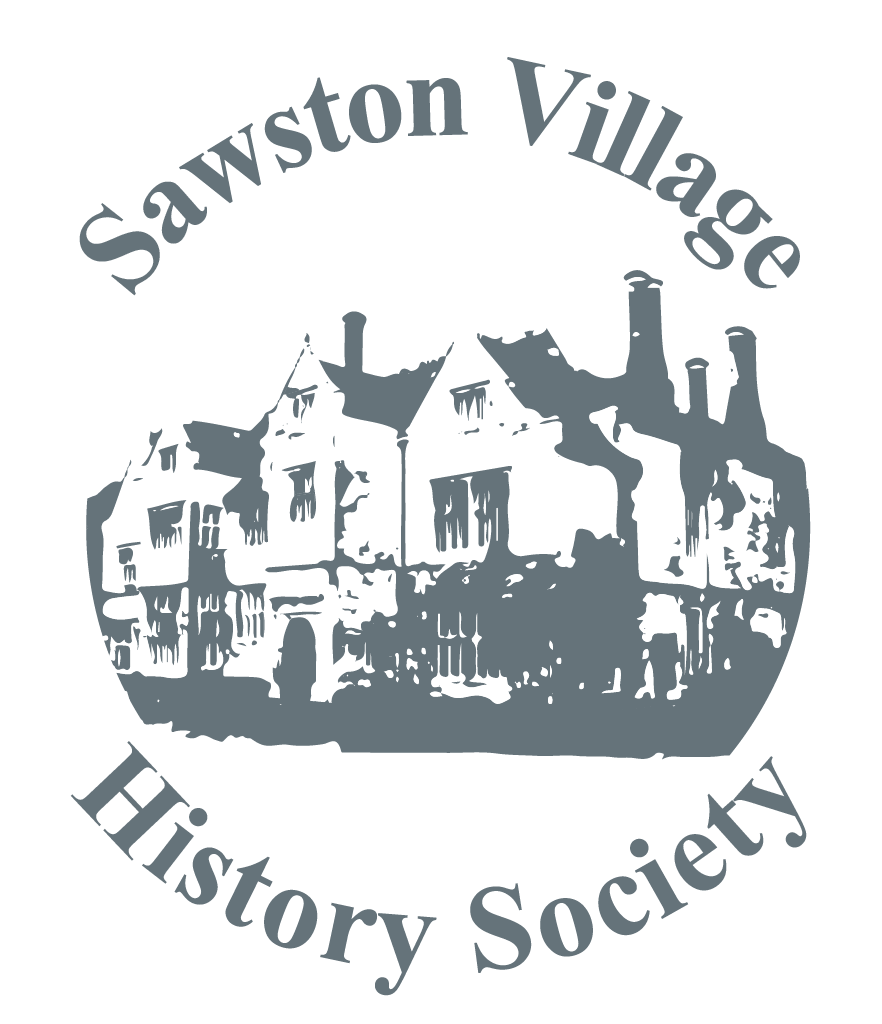
The July meeting of the SVHS took the form of the now traditional evening outing, this time to the Bridge End Gardens at Saffron Walden. The tour guide was the charismatic and verdant Mark Ropkins whose enthusiasm for the restoration of this gem was infectious.
The 4.5 acre garden was started in about 1840 by the wealthy Quaker business man, Atkinson Gibson who had his house in nearby Castle Street. The garden was extended and improved by his son, Francis Gibson, who collected a number of statues and plaques made by Coade in the 1790s which are scattered around the garden. After Francis’s wife’s death in 1866, the gardens were passed on to the Fry family, as a result of the marriage of the Gibson’s daughter, Elizabeth to Lewis Fry and were then opened to the general public After WW1 the gardens became neglected, and the decline continued, increased by vandalism. It was only in 2003 that major restoration was started, aided, like so many other things, by a Heritage Lottery Grant. Now, as a result of the enthusiastic efforts by Mark and his colleagues, the gardens are rapidly becoming a major attraction, and rightly so.
The tour started at the Dutch garden, so called because this type of symmetrical garden was first laid out in Holland, becoming popular in England during the reign of William III. This garden was first laid out in about 1840 with, it is assumed, symmetrical topiary on either side. However, when Gertrude Jekyl visited the garden in about 1913, she made some drawings which showed that the topiary were no longer symmetrical. In the centre of this Dutch garden there was a water feature with a fountain. Mark made no apology for the slime over some of the fountain. This had now been adopted by a family of great crested newts so any “improvements” which might lead to their eviction was expressly forbidden. This garden is best seen from the viewing platform.
The Wilderness area was being totally restored to comprise a tunnel of yew tress leading to the grotto with its Coadestone figure and a flight of steps leading to the romantic octagonal Summerhouse. Also near to the Dutch Garden is the Poets Corner, a secluded corner with a statue of a female figure having a disproportionately small head. Mark explained that this was because the main body had been kept for decades in a vault while the head had been exposed to the elements and thus noticeably reduced in size as a result of weathering.
Perhaps the most interesting feature, for younger people especially was the maze which has now been fully restored. This was based on the famous Hampton Court maze and also has a viewing platform so that those lost in the maze can be guided to the centre. Here there is an intriguing piece of sculpture called “The Mermaid”.
This garden also has a separate Rose Garden, a Walled Garden and a Knot Garden, all of which were badly neglected but now in the process of being restored to their former glory. Also worthy of mention are the superb mature yews and a majestic London plain tree.
Mark was at pains to point out many of the enigmatic stonework features, such as statues and plaques, which are scattered about including an archer without a bow, a boy with a goose, a green man, a sphinx, and a mythological beast., and the head of Byron. Many of these had been the subject of mindless vandalism but have now been mostly fully restored.
These gardens are thus attractive not only to garden enthusiasts but also to younger people and art lovers. And oh, its free. For opening times contact the Saffron Walden Tourist Office on 01799 510444.